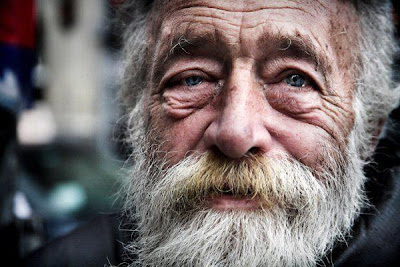AARP Report Predicts Shortage in Caregivers
Americans are aging quickly, and this is bound to have a devastating effect on home caregiving for the elderly in the coming decades. According to a recently released report by the AARP, “The Aging of the Baby Boom and the Growing Care Gap,” Americans in the coming years will likely suffer from an absence of loved ones to take care of them as they age.
According to the report, in 2010 there was a ratio of over seven potential caregivers for each American over eighty years old. By 2030, the report predicts that this ratio will rapidly decline to just four potential caregivers for each elderly American. This trend is expected to continue, and by 2050, the ratio will be down to three-to-one.
This will occur for a number of reasons, including the very large number of baby boomers, and the fact that baby boomers had smaller families in contrast to previous generations. Additionally, the increased life spans of Americans simultaneously demands a greater need for elderly caregiving. According to projections in the report, of the 78 million baby boomers alive in 2010, approximately sixty million of them will be alive by 2030, and twenty million will live past 2050.
These numbers are based on findings from REMI, a firm which specializes in economic forecasting and policy analysis. This is particularly concerning for a large number of Americans because family caregiving is a growing phenomenon in the United States. At present, there are over 40 million Americans providing home care to a loved one, and that number has been soaring in recent years. According to the report, over 60% of home caregivers are women, and the overwhelming majority of those cared for are over fifty years old.
Today, the typical caregiver can be described as a middle aged woman who works part-time while caregiving a loved one without pay for twenty hours weekly. The problem is that the number of potential caregivers will be on the decline at a time when their demand will be an all-time high. According to Lynn Feinberg, a policy advisor at the AARP Public Policy Institute and an author of the report, the findings indicate that Americans should not rely solely on loved ones to provide care for them as they age.
This is not comforting news, since at present family and friends have been the backbone of quality home care for the elderly, with many providing care without pay. If these costs were totaled, it could reach as high as $450 billion, a massive amount which surpasses all of Medicaid and even borders on the expenditures of Medicare. This is a problem which if left alone, will disproportionately affect women since they live longer than men.
As a result, the report argues that it is time to implement policy that will make it easier for loved one to provide home care, and a federal commission on this very subject is expected in the coming months. With a rapidly aging population, let us hope that policy will be implemented sooner than later.





















